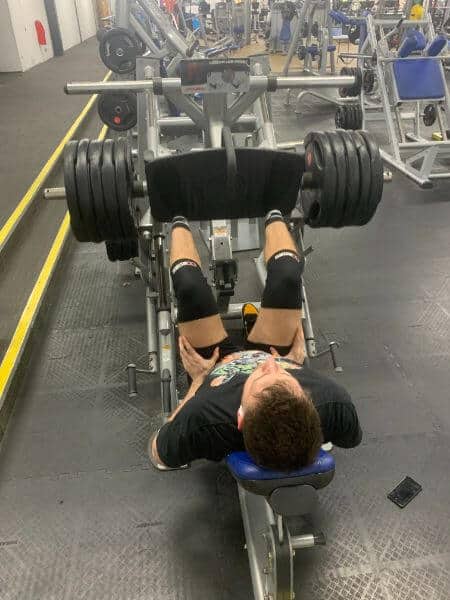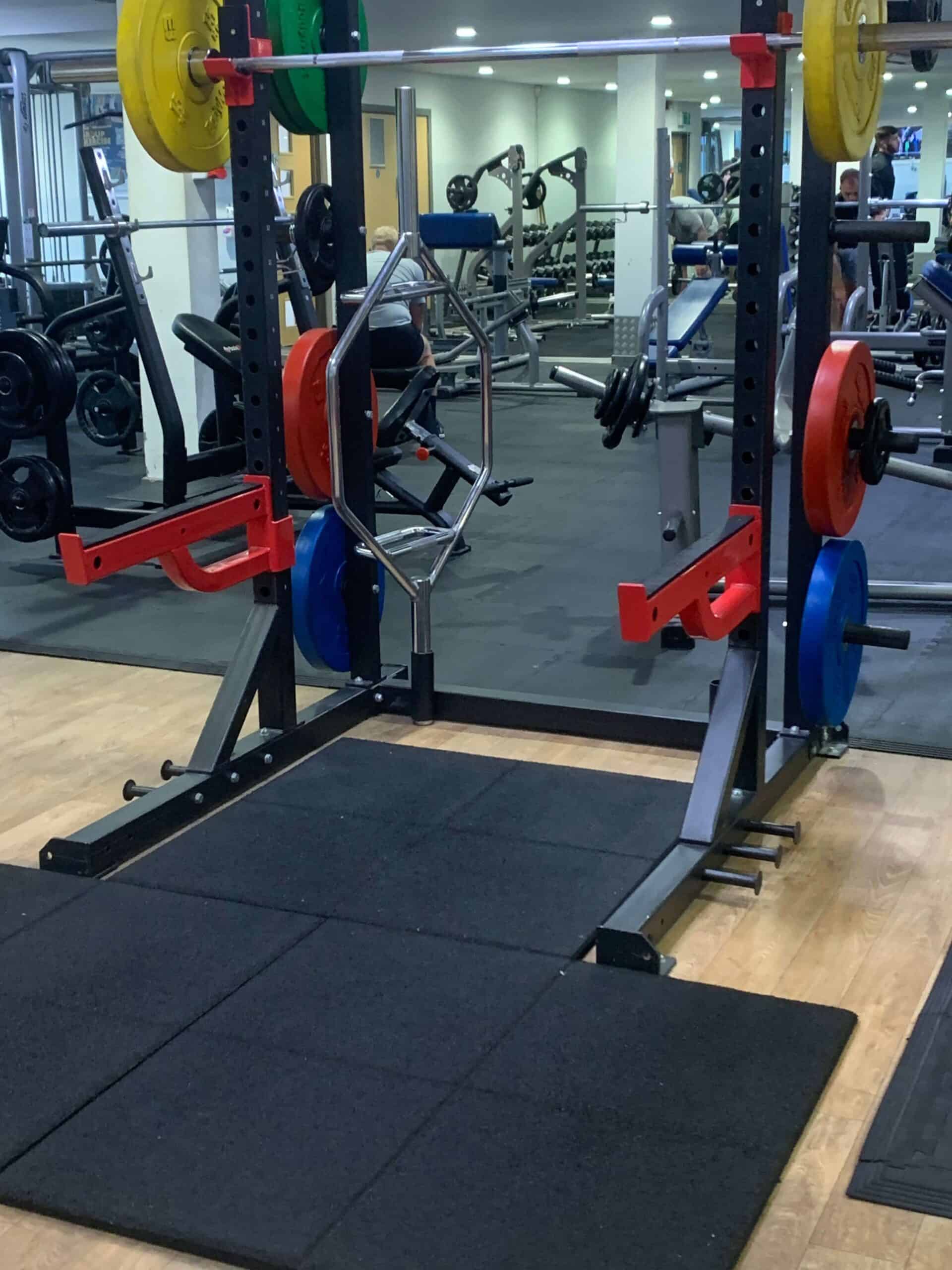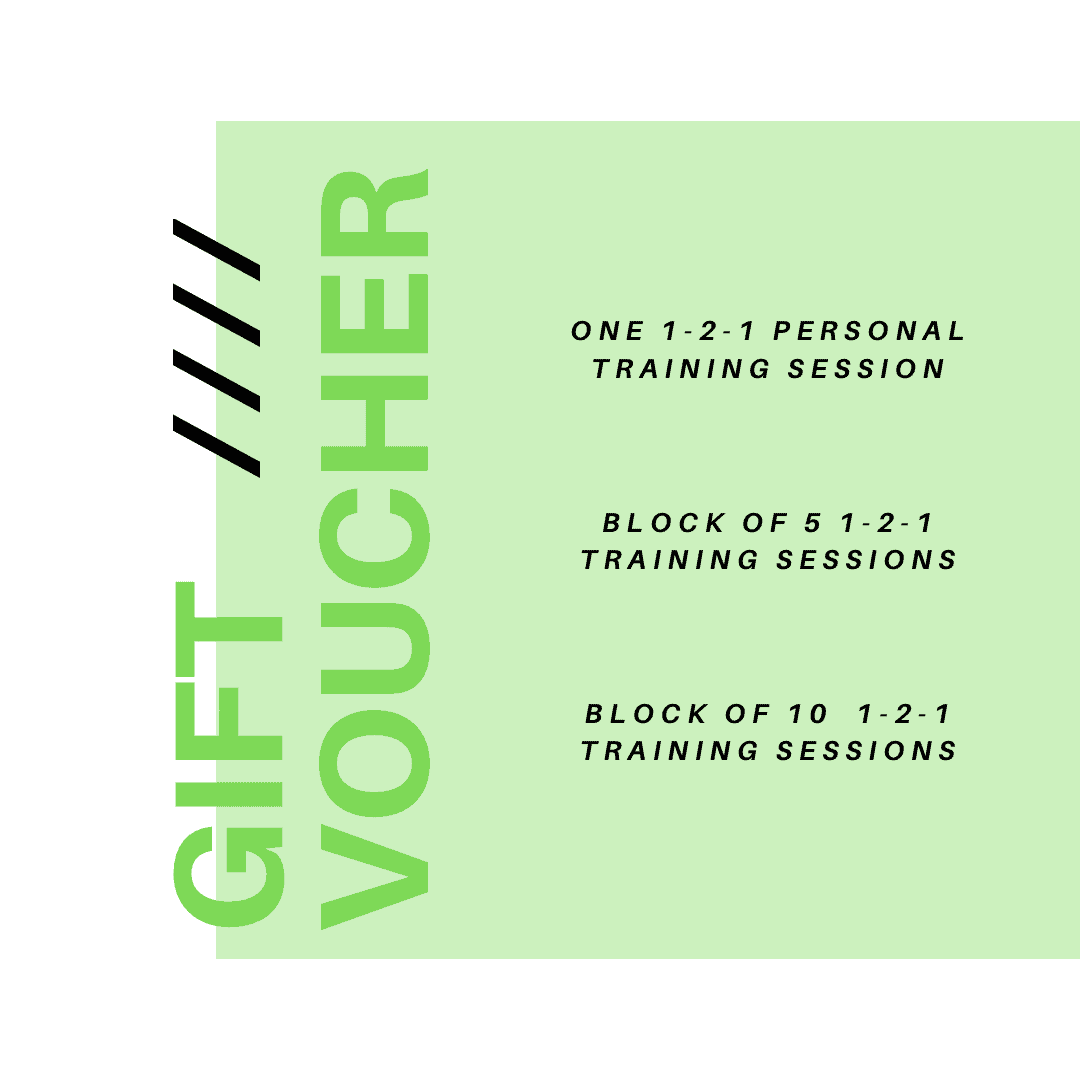Improvements in the gym start small and add up to fantastic end results but sometimes we’re too close to see the steps we’re taking to make progress in the gym and the amazing impact those small steps might be having on our live. When we can see the progress we’re making, we often become demotivated and that’s when our new habits start to drop off. So if you’re struggling to see your progress in the gym, here’s some simple, yet effective, steps to help you keep track, motivated and focused on your fitness journey.
6 Simple Ways to Keep Track and Stay Motivated In The Gym
- Set Clear Goals
- Keep a Workout Journal
- Take Progress Photos
- Use Body Measurements
- Clothing Fit Test
- How You Feel
Set Clear Goals
The first and most important thing you should be doing to be able to track progress and stay motivated in the gym is to set clear goals.
Generally setting goals is more effective when you opt for a SMART goal. SMART goals are specific, measurable, attainable, relevant and time-bound. For example, you might aim to increase your squat weight by 10% in two months. Specific goals provide direction and allow you to track progress with purpose.
This goal is measurable because it lets you objectively measure your advancements. Here we’re using the amount of weight lifted but measurable gym goals could also include reps performed or exercise completion time. To help you measure this, you’ll need to keep track of each step you take towards your goal by recording performances regularly which will allow you to make an accurate assessment of your progress and multiple intervals, allowing updates or direction changes to your current progression.
Thirdly a goal should be attainable as this is key to maintaining motivation and prevent frustration. Choosing goals that are realistic and within reach based on your fitness level means you can challenge yourself while considering your own limitations for steady progress. If choosing a realistic goal is something you find difficult, consulting an online coach or personal trainer is ideal as they have the knowledge and understanding to see when a client needs pushing, even if the client can’t see it themselves!
Your goal should be relevant. It is crucial that you goal aligns with your overall fitness objectives and aspirations. Choose what is meaningful to you for a sense of purpose and drive. If your goal isn’t meaningful, you won’t want to achieve it in your heart, no matter what you tell yourself you want to achieve.
In James Clear’s Atomic Habits, he says ‘decide who you want to be, then prove it to yourself with small wins’. This is where internal vs external factors and opinions of yourself will come into play because if your motivation is completely external you won’t be able to internalise the motivation that will help you to make permanent change to your lifestyle.
Finally, your goal should be time-bound. This helps to create structure and sets a timeframe for achieving your goal which promotes accountability and encourages progress tracking for motivation to meet your deadline.
It’s really important to note that your goal is allowed to change, we as people change all the time so if you review your progress one day and realise your goal is no longer in line with who you are, you are openly invited to update your goal. Do a 360 if that’s what’s needed. As long as your goal is important to you, you’ll be able to stay focused and enjoy the fulfilment of working towards and achieving a goal that brings you joy.
Keep a Workout Journal
One of the easiest and most effective ways to keep track of your strength gains in the gym is to keep a workout journal. There are a number of ways to do this so you can find the one that works for you. All you need to track your workouts and work actively towards progressive overload is to write down your weights, sets and reps in a notebook.
If you’re looking for a structured option, there are dedicated exercise journals that you can buy from a number of online stores that help you set up goals and then track your sets, reps and cardio during each workout. Having a straight forward layout can help to clearly see your progress.
If you don’t want to carry something round, a notes app on your phone can work just as well.
My personal favourite is to keep track on a spreadsheet, I use Google Sheets with an app on my phone, I work towards increasing the reps each workout. This helps me to easily see when it’s time to increase the weight on each exercise. Google Sheets is easy to access and use from a computer or an app, all you need is a Google account. It’s also the way I like to keep track of my client’s gym sessions and will always send these over to clients that want to go to the gym on their own or see their progress.
Seeing your strength gains on paper is not only motivating but also helps you adjust your training regimen accordingly so that you’re continuously working towards your goals.
Take Progress Photos
Sometimes, the changes happening within your body aren’t immediately visible in the mirror or they can be hard to see when you’re looking at yourself in the mirror every day. That’s where photos come in handy. By comparing these photos over time it will help you to see subtle changes in your physique, including muscle growth or fat loss.
By creating a visual record of your progress, it can help you to stay motivated on days you’re finding tough. This is a great way to reposition your point of view to see how far you’ve come rather than how far your brain is telling you that you have to go!
What is the best way to take progress photos?
- Take front, side, and back photos
- Take the photos every couple of weeks
- Keep the lighting and pose consistent for accurate comparisons
- Try to take the photos at the same time of day
What photos to take?
Typically, front, side and back photos are the angles you should take. This allows you to see the changes happening all over your body rather than focusing in on one area. E.g. Can you see more definition in your bum or back? Can you see inches coming off your waist? Can you see your biceps have gotten bigger?
When to take progress photos?
Take your progress photos every couple of weeks at the same time of day. You need to allow enough time for noticeable changes to happen, so taking the photos too regularly can be more detrimental to your progress and motivation.
Lighting
Lighting can impact how your photos turn out, natural lighting is best. Shadows or artificial lighting can affect your photos. Choosing the same area with the best lighting and a plain background will help you to notice the changes happening in your body easiest.
Lighting isn’t the only thing that can affect your photo comparisons, you need to choose a consistent pose for your photos. I recommend standing tall with a relaxed posture. Sometimes people like to raise their arms to shoulder height in side-on photos and if you decide to do that, make sure you stick with it. This helps ensure that differences in body positioning don’t affect the perception of changes in your physique.
Remember that progress is not always linear. Some weeks you may notice significant changes, while in others, progress may seem slower. This is completely normal. By consistently documenting your body changes through photos, you’ll have a visual timeline that showcases your overall journey. It’s often the cumulative effect of small changes over time that leads to significant transformations.
As you review your photos, try not to be overly critical of yourself. Instead, focus on the positive changes and the improvements you see. Celebrate your successes, no matter how small they may seem, and use them as fuel to continue your fitness journey.
Progress photos are a great way of personal trainers to keep track of their clients’ progress and to help our clients see how well they’re doing but I’ll never ask clients to do this if it’s something you don’t feel comfortable with.
Use Body Measurements
Using a measuring tape to track your body’s measurements is a practical and effective method for monitoring your progress. By comparing these measurements over time, you’ll notice decreases in inches or centimetres, highlighting progress that the eye can’t see. This method of measuring your progress in the gym provides clear evidence of changes to your body’s composition that will either compliment changes you can see in the mirror or show progress that your eyes haven’t noticed yet.
When we look at ourselves in the mirror every day, it can be hard to see these small changes that keep us motivated to keep going but by taking small steps to every day, measuring tapes can show us the big changes such as reduction in waist, increased muscle definition or whatever your physical goal might be.
Keeping track of these measurements can be easy with a spreadsheet or a piece of paper. Many Personal Trainers work with an app that can help you to keep track of this information or a number of people create fitness accounts on Instagram or Tik Tok to help them keep track and stay accountable with their progress. You can do whatever makes you feel most comfortable, if you want to jot this down in a note on your phone or you just want to keep your first measurement and your most recent, do whatever is best for you. When used correctly, this tool is great for staying focused, celebrating your achievements and keeping track of your progress.
Does your gym have a body composition machine? This could also be a great way to track additional measurement metrics. We’ll be exploring this more in an upcoming blog.
Where to measure?
By regularly measuring key areas such as your chest, waist, hips, arms, and thighs, you create a record of changes in your body composition.
To begin, your measuring tape should be a flexible material that can be easily and comfortably wrapped around your body. You should stand in a relaxed posture and ensure the tape is parallel to the floor for precise results. You might find it easier to ask someone else to take your measurements so you can be in the most neutral and relaxed position possible. It will also be easier for measuring your arms if you have an extra set of hands!
When measuring each body part, you should always measure in the same place and position. For example, when measuring your chest you should wrap the tape around the fullest part of your chest, when you next come to measure your chest again, it should be along the same line as the first time, it should be the top part of your chest or too low. If you’re not sure where’s best to measure, there are a number of diagrams online, alternatively you could speak to a gym instructor or Personal Trainer at your local gym.
Remember, measuring your body is only one way of tracking the progress of your fitness journey and should be used alongside a number of other measurements such as mood and energy level.
Clothing Fit Test
As you continue along your fitness journey, one of the exciting signs of progress can be how your clothes fit. Pay close attention to the way your favourite pair of jeans, shirts, or dresses feel on your body. Are they starting to feel looser or more comfortable? This change in the fit of your clothes is a clear indicator that your body composition is transforming, and your hard work in the gym is paying off.
This is a fantastic alternative to body measurements if you’d like a more holistic measurement of progress and success than numbers on a scale or measuring tape. This form of measurement can really highlight the physical changes happening to your body that you aren’t able to see for yourself. This can do a number of things to improve our mood, our self-esteem and our mental health so pay close attention to your clothes and how your body feels in them as you make progress.
It can be incredibly motivating to witness the transformations happening in your body simply by noticing how your wardrobe fits differently.
Changes in the fit of your clothes may vary depending on individual factors such as body shape, muscle development, and overall weight loss or gain. Focus on how you feel in your clothes rather than comparing yourself to others. Remember, clothes are there to fit you, not you to fit them. So if an item of clothing isn’t comfortable, doesn’t suit your body or you just don’t feel good in it, get rid.
How You Feel
Finally, we’ve touched on it in a number of points about but one of the biggest ways I encourage you to track your progress in the gym is to not rely solely on numbers and physical markers but also on how you feel throughout your fitness journey.
Try to notice each improvement to your energy levels, stamina, overall well-being and your mental health. Are you benefiting from increased confidence, mental clarity and a positive mindset? These are all things associated with regular exercise, as well as a number of physical benefits that are unseen such as lower blood pressure, improved sleeping or a higher bone density. You’ll be able to embrace the satisfaction of accomplishing a challenging workout, improved form, shorter rest periods and reaching personal milestones.
Your brain will send you non-quantifiable indicators that will be key signs of progress you’re making, whether you feel stronger, more energetic, happier or calmer, these can all be very powerful signals that you should listen out for.
One way to do this is to listen to your body on the good days, they’ll soon become the norm and will counteract the bad days making it harder for negative thoughts to take over. You’ll have a deeper connection with your body, feelings and thoughts so that you won’t be so hard on yourself on an off day. Journalling your daily thoughts is a great way to do this, or a daily check-in as simple as 4 emojis to pick from can help you to look back and see the internal progress you’re making.
How Are You Progressing?
If you’ve been taking the right steps towards creating and tracking goals, congratulations! There are so many ways you can hold yourself accountable and stay motivated, so try out a few to see what works for you. The most important thing you can do on your fitness journey is stay consistent, good luck!
Are You Struggling To Stay Consistent?
If you’re struggling to stay motivated and consistent with your fitness journey, you might be looking for additional accountability. If you’ve tried the above suggestions, hiring a Personal Trainer or Online Coach might be the next step in your journey to achieving your goals. A professional fitness coach, online or in person, can provide support and structure that will hold you accountable along your journey.
So if you’re looking for someone to support you on your road to a healthier and fitter you, get in touch. In-person support is available at Horizon Leisure Centres – Havant and Waterlooville.


